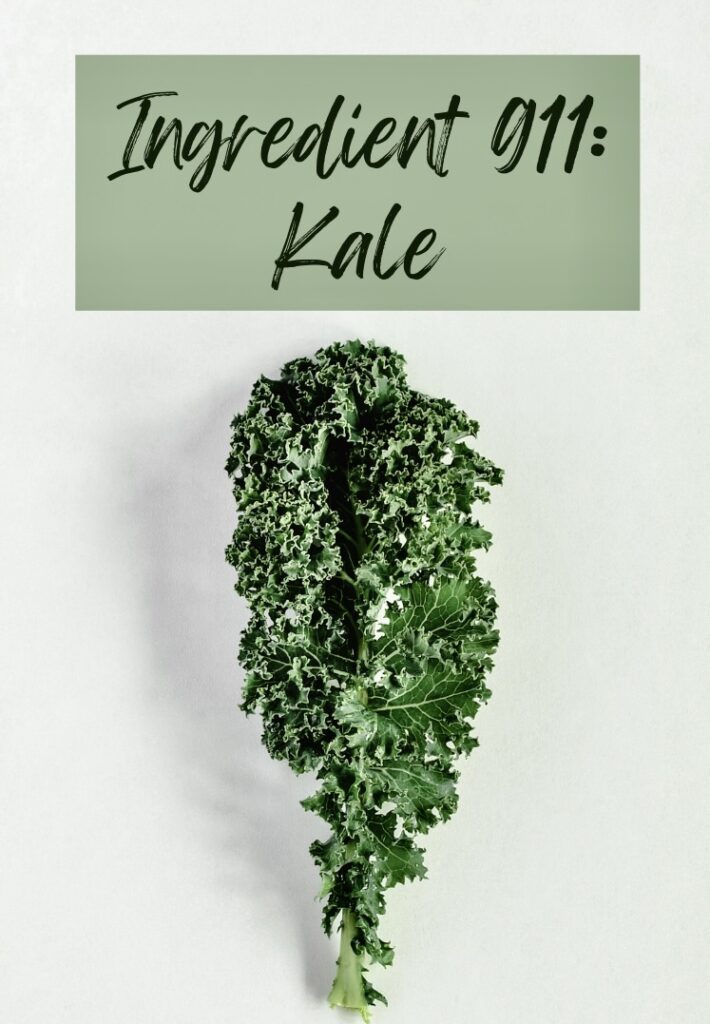
While you have likely seen a BMI graph before, it is possible that you aren't sure if you should use it. BMI is a visual representation that shows a person’s weight and height. It provides a visual representation of a person's weight range and helps you make informed decisions about how much you should be weighing. The chart shows how tall and heavy a person is in relation with their age and height. This is a quick way to calculate your BMI.
Your BMI chart will show you your weight in lbs at the top and your height in feet, inches and inches on the sides. You will now see your BMI. If your BMI is under 245, then you should use the first chart. The second chart is for those with a BMI greater than 245. The BMI chart shaded areas indicate overweight. So if you're in your 30s, you'll be in class one. If you fall within the 35-39.9 category, you will be considered obese. If you fall somewhere in between, you should choose the second.

BMI isn't a scientific method. It's an imperfect measure, but it's an accurate reflection of a healthy weight. While it is not perfect, it is an effective tool for helping you make good decisions about your weight. A BMI chart is useful for identifying what you should do to lose weight and get in shape if you are overweight.
Using a BMI chart is useful for people who have difficulty using the calculator. BMI calculations don't take into consideration your gender, sexuality, or pregnancy. This means that you may need to adjust the numbers for your specific needs. Your BMI isn't the only factor that should be taken into consideration when using a BMI calculator, but you should use it to make informed decisions. The most important thing is to make an informed choice.
When using a BMI chart, remember that a higher number means that you are more likely to develop disease. Your BMI can be used to monitor your height and weight. It is also helpful for keeping track of your progress over the years. You can use a BMI chart to determine your weight and plan for exercise. You can consult your doctor to get a BMI chart.

Parents can use a BMI chart as a valuable tool. The BMI of children is slightly different to that of adults. However, it can be used to give a general idea of the child's weight. A healthy BMI for women ranges between 18.5 and 24.9, and a healthy weight for a woman is in the range of 18.5 to 24.9. Pre-pregnancy BMI is a useful tool for pregnant women to calculate how much weight she will gain.
FAQ
How To Get Rid Of Belly Fat Fast?
There are several ways to reduce belly fat fast. One way is to eat less food and drink plenty of water.
A second way to boost your metabolism is by running and swimming.
If you want to remove belly fat quickly, you should also avoid sitting down for too long. Instead, stand up throughout the day. This will allow you to burn more calories.
You don't have to give up on trying all of the above methods if you still struggle with your belly fat.
This requires a belt. The belt is designed to fit around your waist while you are sitting down.
It will cause you to feel uneasy and make it difficult for you to move. This causes you to burn more calories, and your belly fat will decrease.
Can I consume alcohol while working out?
Yes. Alcohol can increase energy expenditure and speed up recovery, as well as reduce soreness.
Additionally, alcohol can increase insulin sensitivity and make it easier to absorb glucose.
Alcohol can also cause dehydration which can lead to a slower metabolism. Alcohol can also lower testosterone production, which could lead to a decrease in muscle-building potential.
For these reasons, women shouldn't drink alcoholic beverages before working out. Women who drink heavily should wait at LEAST 24 hours before they start working out.
Breastfeeding women should stay away from alcohol.
Men should have no more than one drink per day.
How Metabolic health is key to aging well
People are living longer lives today than at any point in history. But as they do, they're also getting sicker. Our current medical science approach is not working, even though we've made many advances.
We must change the way that we look at health and aging. Healthful aging requires that we start to think about metabolic health, which is not only weight loss but overall well-being.
If you want to live a healthy, active lifestyle for the rest of your life, it is important to maintain a strong metabolism throughout your entire life.
There are many options to improve your metabolic health. These 7 foods can be incorporated into your diet.
-
Resveratrol in blueberries has been shown to support cell longevity. They also contain vitamins C & E, as well as antioxidants.
-
Beans like lentils and pinto beans are excellent fiber and plant-based protein sources. These nutrients help to keep blood sugar levels constant so they don't spike and crash.
-
Broccoli contains the antioxidant sulforaphane. This has been shown in studies to protect DNA. It may even slow down the progress of cancer.
-
Chia Seeds are high-in omega-3 fatty acids, fiber, and other nutrients. They are rich in protein and antioxidants. All of these nutrients can promote heart health and brain function as well as gut health.
-
Green Tea contains polyphenols called catechins. Studies show that catechins in green Tea can reduce the risk of developing diabetes, stroke, cognitive decline, and bone fractures.
-
Salmonis a great source of lean protein. It is low in saturated fat and high in vitamin D.
-
Walnuts are high in omega-3s. They also contain antioxidants like alphalipoic Acid (ALA). ALA boosts energy production and reduces inflammation.
What does butter do for men?
Butter is one of the best sources of saturated fats. This fat is good for hair and skin health, as well as stronger bones.
Vitamin K, found in butter is an antioxidant that prevents bleeding from cuts. Vitamin K and vitamin B work together to prevent any bruising.
Butter also contains minerals like calcium, phosphorous and potassium. These elements encourage stronger bones.
Butter has its limitations. Butter is high in cholesterol. A few studies have shown that too much cholesterol can increase the risk of developing coronary disease.
Butter is also high in saturated fat which can lead to obesity and higher cholesterol.
You can spread butter on bread if you are forced to use it. Bread will absorb more oil than pasta or potatoes.
What kind of food should I avoid when trying to lose weight?
Avoid trans fats. Trans fats increase LDL (the harmful) cholesterol and lower HDL (the good).
Trans fats are found in deep-fried foods, fast food, packaged baked goods, snack cakes, and other processed foods.
These unhealthy fats can also lead to inflammation, which can cause heart disease and diabetes.
Avoid foods that are sweetened with artificial sweeteners. Artificial sweeteners have been linked to an increase in cancer risk.
These chemicals are found everywhere, from soft drinks to chewing candy to candy bars to chewing gum. These chemicals are also found in meat, poultry, eggs, and other foods.
Artificial sweeteners can be saccharin or cyclamate, sucralose, sorbitol or aspartame.
The American Heart Association recommends avoiding these chemicals because they may damage DNA in cells.
How many times per week do I need to exercise?
It all depends on how much time and what kind of exercise you like. You should do moderate-intensity aerobic exercise three to five days per week. It is important not to overdo it. To get the best results from your exercise, it is important to be consistent.
Which exercises are most effective for me?
It all depends upon your fitness goals. Some people concentrate on endurance activities such running, cycling, swimming. Others like lifting weights or using resistance band. There are many types of exercise programs today. Select the one that best suits your needs.
Statistics
- By John Thompson Take a whopping 38% off a set of PowerBlock Pros. (menshealth.com)
- Candidates and applicants must pass all four tests at 70% (minimum level) to graduate from Basic Deputy U.S. Marshal (BDUSM) Training. (usmarshals.gov)
- An estimated calorie range for moderately active adult males falls between 2,200 to 2,800 calories per day, depending on age. (eatright.org)
- Are You One of the 20% of Guys (mh.co.za)
- 10 pounds in a month is likely during a lean bulking phase, especially for beginners. (muscleandstrength.com)
External Links
How To
How can a man get in shape in 30 days?
Breaking down fitness goals into manageable steps will help you reach your fitness goals.
You need to make sure you are working towards the goal each day. This could be anything from running 3km to doing 10 pushups in 5 minutes.
If you do this consistently over time, you will see positive results.
You must be consistent. You must keep going until you succeed.
What is the main difference between Aerobic Fitness or Anaerobic Fitness
Anaerobic fitness means that our bodies can perform intense physical work with no oxygen. During periods of high-intensity exercise, we use anaerobic pathways to provide enough energy to complete the task. Anaerobic pathways include glycolysis and creatine phosphate.
Aerobic fitness, on the other hand, is a sustained low-intensity exercise. Aerobic exercise is a form of aerobic exercise in which oxygen is the primary fuel source for the cells. In other terms, the aerobic pathway has more energy that the anaerobic.
You need to build up your aerobic capability if you plan on running a marathon. If you don't focus on increasing your aerobic capacity, you will not be able finish the race.
Aerobic fitness is also referred to as cardiovascular fitness. The two most commonly used methods of measuring cardiovascular fitness, are VO2 Max testing and step tests.
Test VO2 Max
VO2 max refers to the maximum amount of oxygen (O2) used by the body during exercise. This test measures how much oxygen the body can use while exercising.
This is the best test to assess cardiovascular fitness. It requires expensive equipment and highly-trained professionals to administer.
Step Tests
Step tests are a simple but effective way to measure cardiovascular fitness. They involve walking or jogging on a treadmill or track for a certain duration based on your age and weight.
These tests are simple to perform, cost-effective, and easily accessible from almost any location. For instance, you can walk on a treadmill for 2 minutes, rest for 1 minute, repeat this process for 20 minutes, and then stop. Your heart rate should remain within a specific range throughout the whole session.
This method is known by the "Bruce Protocol". Bruce, himself a runner developed this protocol when he realized his heart rate didn't rise when he ran long distances.